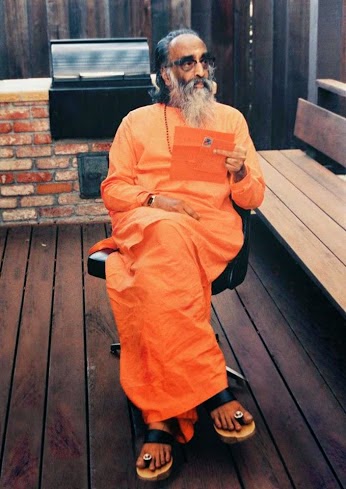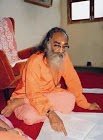THE MISSION OF THE VEDANTA : 4.

(On the occasion of his visit to Kumbakonam, the Swamiji was presented with the following address by the local Hindu community:) They little dream that that is the very argument with which we prove out religion, because it does not make for this world. Ours is the only true religion because, according to it, this little sense-world of three days' duration is not to be made the end and aim of all, is not to be our great goal. This little earthly horizon of a few feet is not that which bounds the view of our religion. Ours is away beyond, and still beyond; beyond the senses, beyond space, and beyond time, away, away beyond, till nothing of this world is left and the universe itself becomes like a drop in the transcendent ocean of the glory of the soul. Ours is the true religion because it teaches that God alone is true, that this world is false and fleeting, that all your gold is but as dust, that all your power is finite, and that life itself is oftentimes an ev






